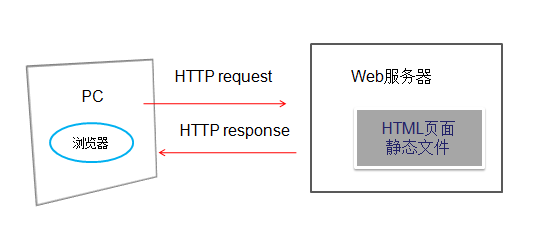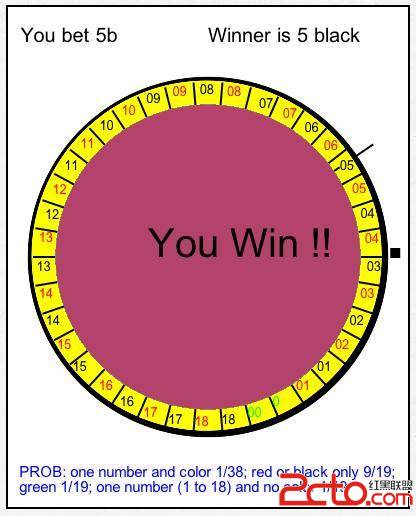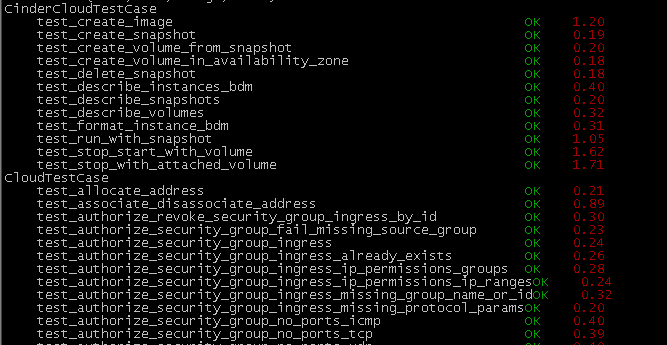项目中遇到一个很奇怪的问题,在错误页面404里面取不到当前登录用户,即 SecurityContextHolder.getContext().getAuthentication()取不到当前的登陆用户信息。这个问题花了我很长时间最终搞定了,下面讲一下解决问题的过程。
首先来看一下项目的异常处理方式,在web.xml里面配置了错误页:
Xml代码:
1.<error-page>
2. <error-code>404</error-code>
3. <location>/WEB-INF/pages/errors/404.jsp</location>
4. </error-page>
当访问一个不存在的url时,spring的前端控制器的逻辑如下:
其实就是会调用noHandlerFound函数,然后直接退出DispatcherServlet。
我们再来一下noHandlerFound的逻辑:
在这个里面实际上是返回一个404的错误,真正的错误页面处理的转向是由tomcat容器来完成的。通过调试发现在这个地方SecurityContextHolder.getContext().getAuthentication()还有值,但是访问404页面的tag里面就取不到了,后来通过监控网络发现,访问errorpage是由容器重新发起的一个请求,这个请求里面拿不到Authentication可能是没有走springsecurity的前端易做图 springSecurityFilterChain。
我们来看一下springSecurityFilterChain filter的配置:
Xml代码:
1.<filter>
2. <filter-name>springSecurityFilterChain</filter-name>
3. <filter-class>org.springframework.web.filter.DelegatingFilterProxy</filter-class>
4. </filter>
5. <filter-mapping>
6. <filter-name>springSecurityFilterChain</filter-name>
7. <url-pattern>/*</url-pattern>
8. </filter-mapping>
突然想到极有可能是这个filter没有转发,后来看了下filter-mapping的配置,还真是这样。filter-mapping里面接受dispatcher参数。
我们就来看一下这个参数的含义。
2.4版本的servlet规范在部属描述符中新增加了一个<dispatcher>元素,这个元素有四个可能的值:即REQUEST,FORWARD,INCLUDE和ERROR,可以在一个<filter-mapping>元素中加入任意数目的<dispatcher>,使得filter将会作用于直接从客户端过来的request,通过forward过来的request,通过include过来的request和通过<error-page>过来的request。如果没有指定任何< dispatcher >元素,默认值是REQUEST。
可以通过下面几个例子来辅助理解。
Xml代码:
<filter-mapping>
<filter-name>Logging Filter</filter-name>
<url-pattern>/products/*</url-pattern>
</filter-mapping>
这种情况下,过滤器将会作用于直接从客户端发过来的以/products/…开始的请求。因为这里没有制定任何的< dispatcher >元素,默认值是REQUEST。
Xml代码:
<filter-mapping>
<filter-name>Logging Filter</filter-name>
<servlet-name>ProductServlet</servlet-name>
<dispatcher>INCLUDE</dispatcher>
</filter-mapping>
这种情况下,如果请求是通过request dispatcher的include方法传递过来的对ProductServlet的请求,则要经过这个过滤器的过滤。其它的诸如从客户端直接过来的对ProductServlet的请求等都不需要经过这个过滤器。
指定filter的匹配方式有两种方法:直接指定url-pattern和指定servlet,后者相当于把指定的servlet对应的url-pattern作为filter的匹配模式
filter的路径匹配和servlet是一样的,都遵循servlet规范中《SRV.11.2 Specification of Mappings》一节的说明
Xml代码:
<filter-mapping>
<filter-name>Logging Filter</filter-name>
<url-pattern>/products/*</url-pattern>
<dispatcher>FORWARD</dispatcher>
<dispatcher>REQUEST</dispatcher>
</filter-mapping>
看了这个,我修改了下springSecurityFilterChain的filter-mapping的配置,就 好了。
修改后的配置如下:
Xml代码:
<filter>
<filter-name>springSecurityFilterChain</filter-name>
<filter-class>org.springframework.web.filter.DelegatingFilterProxy</filter-class>
</filter>
<filter-mapping>
<filter-name>springSecurityFilterChain</filter-name>
<url-pattern>/*</url-pattern>
<dispatcher>REQUEST</dispatcher>
<dispatcher>ERROR</dispatcher>
</filter-mapping>
意思就是直接从客户端过来的request和通过<error-page>过来的request 都要走这个filter,配置完后就果断好了。





